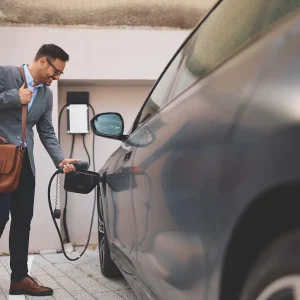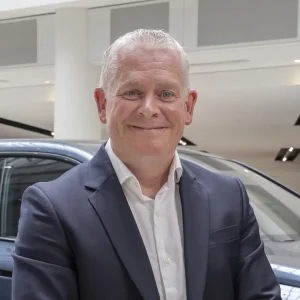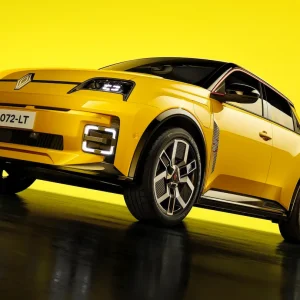Away from the new version of its biggest-selling car, there’s still plenty else going on at Ford. Fleet boss Kevin Griffin talks Paul Barker through the latest
Described at a recent event as one of Ford‘s ‘Jedi Knights’, fleet sales director Kevin Griffin is in for a busy 2011.
As well as the all-new Focus, he’s still establishing its MPV C-max and Grand C-max siblings in the market following a late 2010 launch, which also pretty much coincided with the heavily revised Mondeo that, while only a facelift, involved 1350 component changes.
The Mondeo refresh also covered new engine introductions, including the 1.6 TDCi coming next month that will take the Mondeo below 121g/km for the first time, and into diesel’s lowest company car tax bracket of 13%. Griffin describes the 115hp Mondeo as an “enormous opportunity”, though admits it will be a challenge to get people out of the “paradigm of powertrain badging”, when engine size has traditionally been the status symbol. But he sees that changing, with a mix of CO2 and power output replacing engine displacement as key to company car status and choice lists. How that shakes out will be largely influenced by the contract hire companies. “They will have a lot of say – they fund 80% of corporate business now and are highly influential in the management side.”
He continues:?”Company car drivers will take the 115g/km Mondeo because of the tax benefits and changes in capital allowances going forward. But my philosophy is that people fall in love with the house not the mortgage – the vehicles we’ve got are very good-looking cars and we’ve added excitement in the product.”
The new model also marks a change in how Ford approaches lower CO2 versions. Previously, the Fiesta, Focus and Mondeo all had an Econetic model to mark out the most efficient version, but the new 115g/km Mondeo won’t have that, as it’ll be offered in a range of trim levels. “When we originally launched the Econetic range, it was single series, which was fine but what we stand for is choice and value,” says Griffin. “Why can’t you have the powertrain you want at any level? We want to talk about Econetic technologies rather than Econetic per se.”
Changing message
But the message for company car drivers and operators is changing in a several ways, with power choice being one, and Ford has been vocal over the past 12 months in particular about the resurgence of petrol power as a company car option. Driven on page 17 of this issue is the firm’s new 1.6 Ecoboost engine in the Mondeo , and the new lightweight turbocharged unit could have a big impact in the near future.
“It will be interesting to see if it will mean a big increase in petrol purchasing,” says Griffin. “It will take time in fleet, diesel has been drummed in.”
As well as the Mondeo, the same 160hp 1.6-litre unit will also be in the new Focus, and Griffin thinks it could become the “centre of gravity” for the new model. He admits that launching the Ecoboost technology in the 200hp 2.0-litre wasn’t ideal as it focused on the performance element rather than reducing the engine size but maintaining the same power levels.?That’s where the 1.6 comes in, replacing a 2.0-litre petrol engine in power terms but with the efficiency and therefore tax benefits of a smaller unit. “What was difficult to explain to people was that the 2.0 Ecoboost powertrain is equivalent to the 2.5 turbo, which was a limited offering,” says Ford’s fleet head. “So there was some interest with it being a 2.0 but very quick, but it wasn’t a mainstay. That is the 1.6, which replaces the petrol 2.0.”
Away from the technological developments, Ford is also looking for a shift in the way it treats some of its fleet customers. “Fleet has changed over a number of years, the company car driver is closer to a retail customer than they have ever been, therefore dealers are playing an important role in how we go to market,” says Griffin. “We’re fortunate that we’ve got good dealers for both cars and commercial vehicles.” Although plans are still in their infancy, over the next 12 months Ford is looking to devise the best way of handing over much of its sub-100 car business to its dealer network, believing they are better-placed to offer a good level of service to smaller fleets working out of a single location. “We know we can do better by utilising resources, and that is the dealers,” he continues. “The nationwide large network of dealers is absolutely central to us.”





